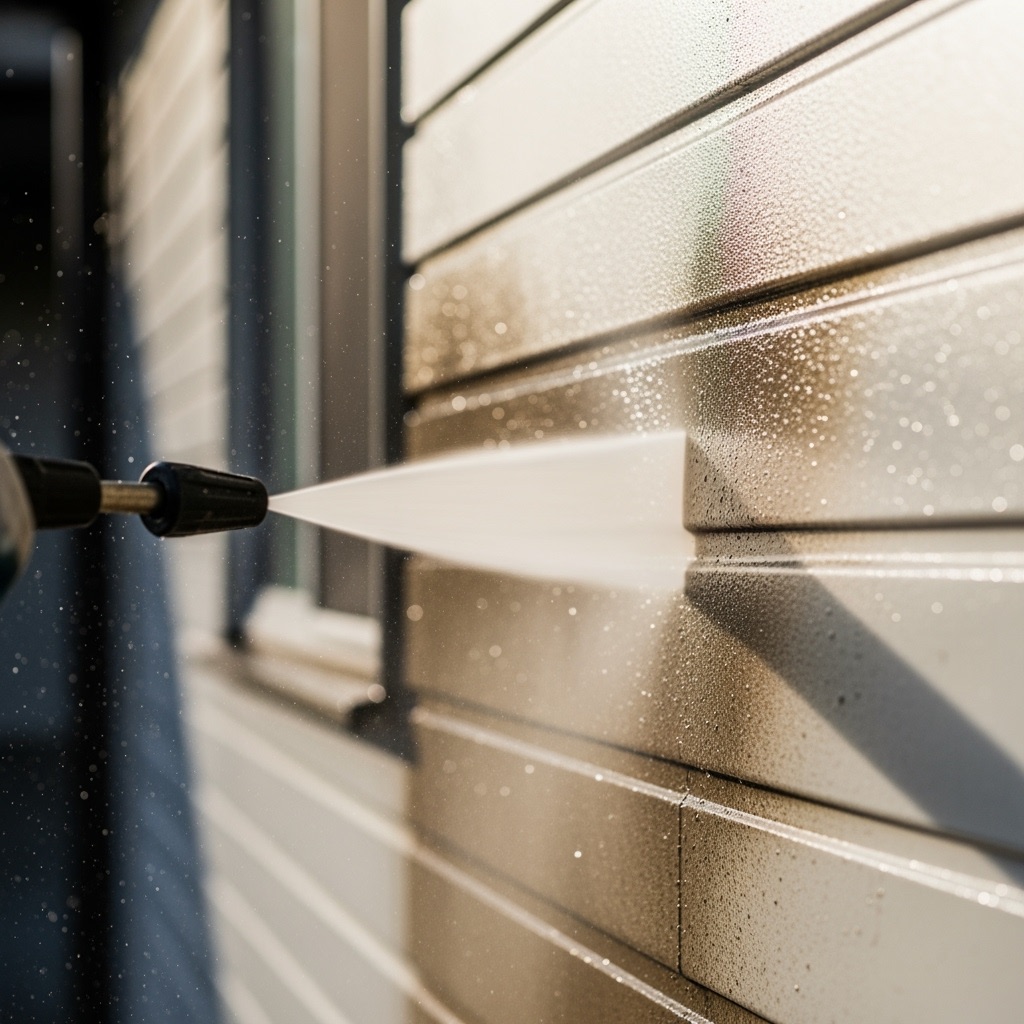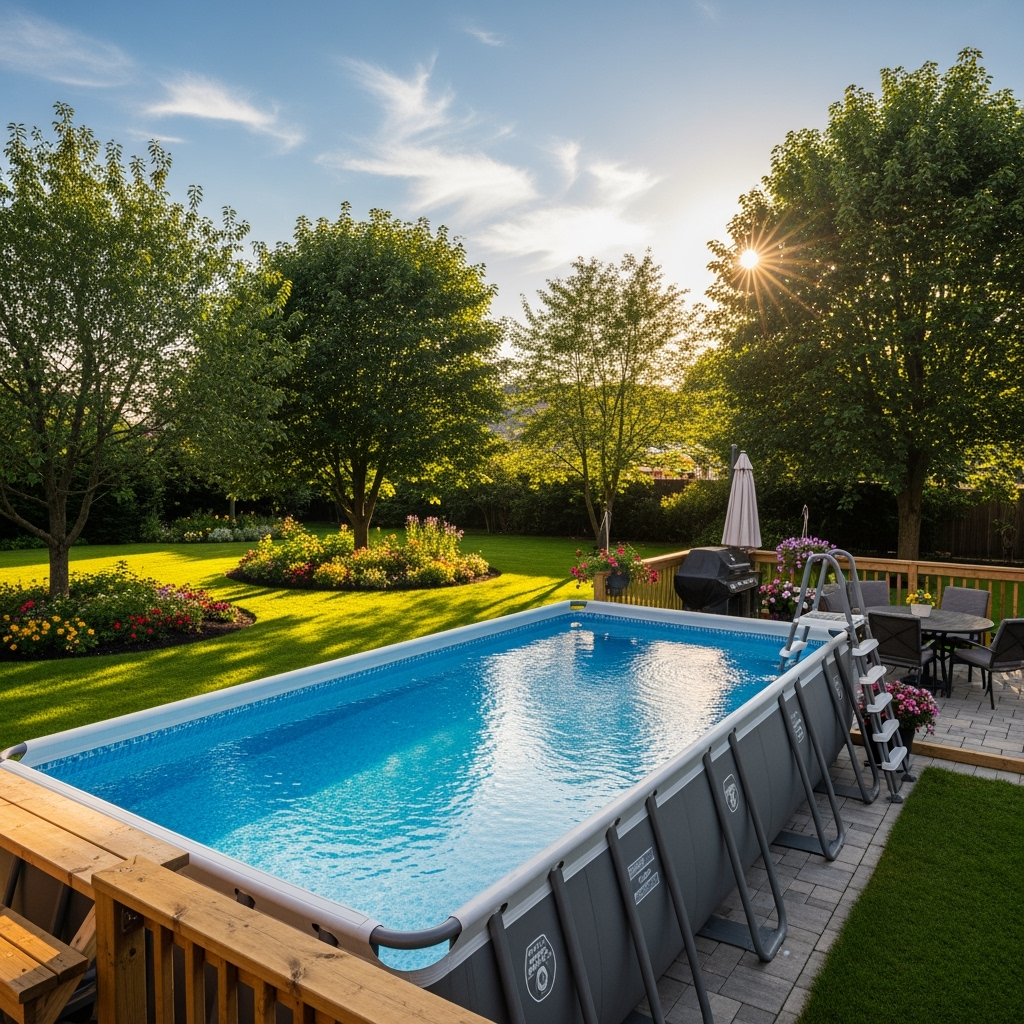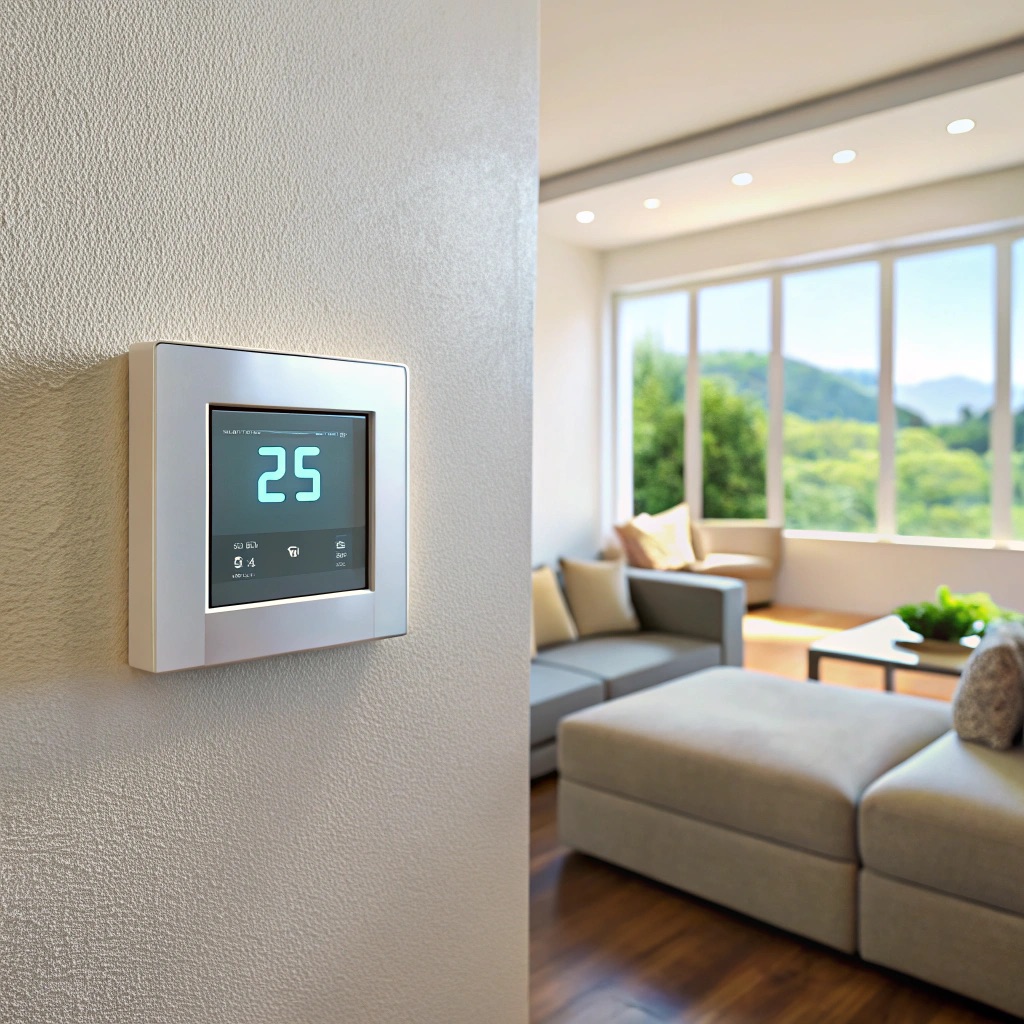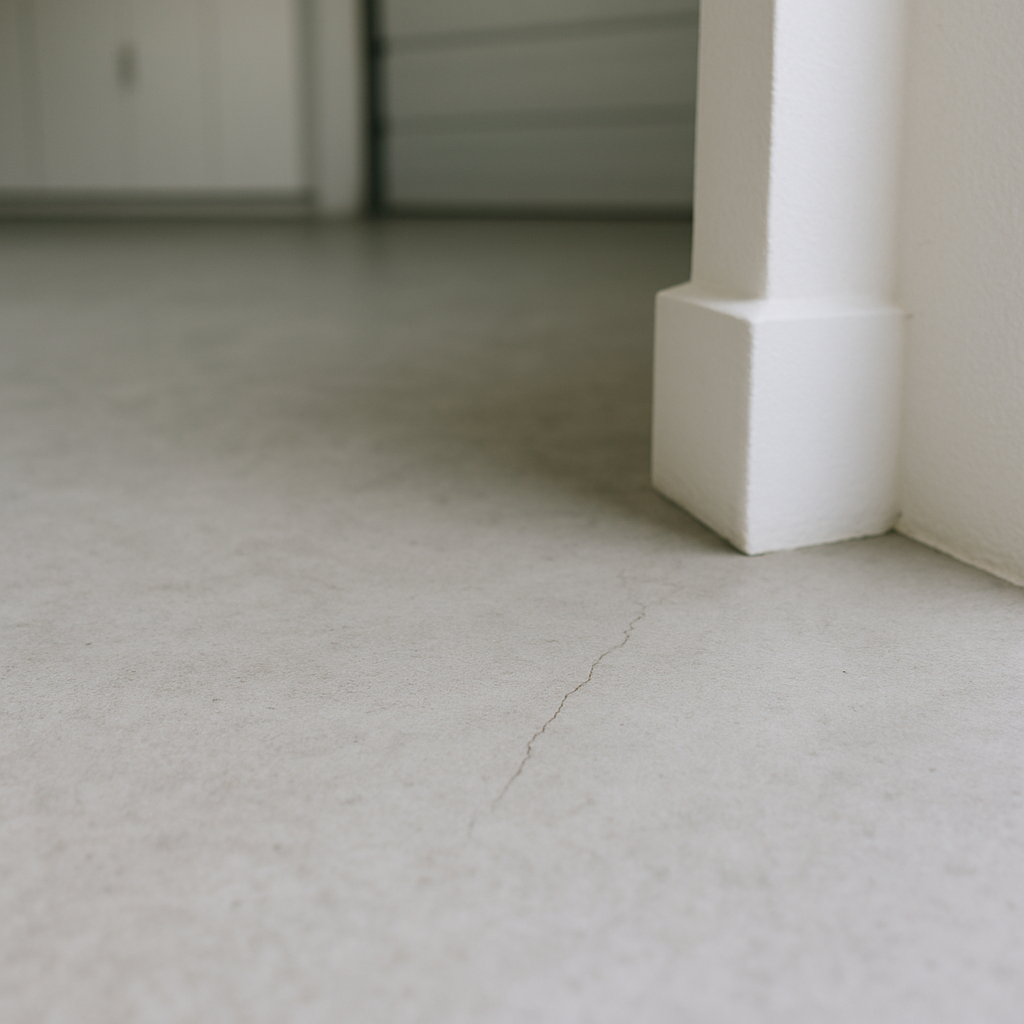Last updated on
Luxury often conjures images of extravagance, but true sophistication lies in balancing opulence with usability.
The essence of refined design is not merely about spending more or choosing the most expensive options; it is about selecting features and elements that enhance daily life while maintaining a sense of indulgence.
Achieving this balance requires careful consideration of materials, functionality, and overall user experience. Every decision, from the choice of furnishings to the layout of a space, should serve a dual purpose: to provide visual and tactile pleasure while offering convenience and efficiency.
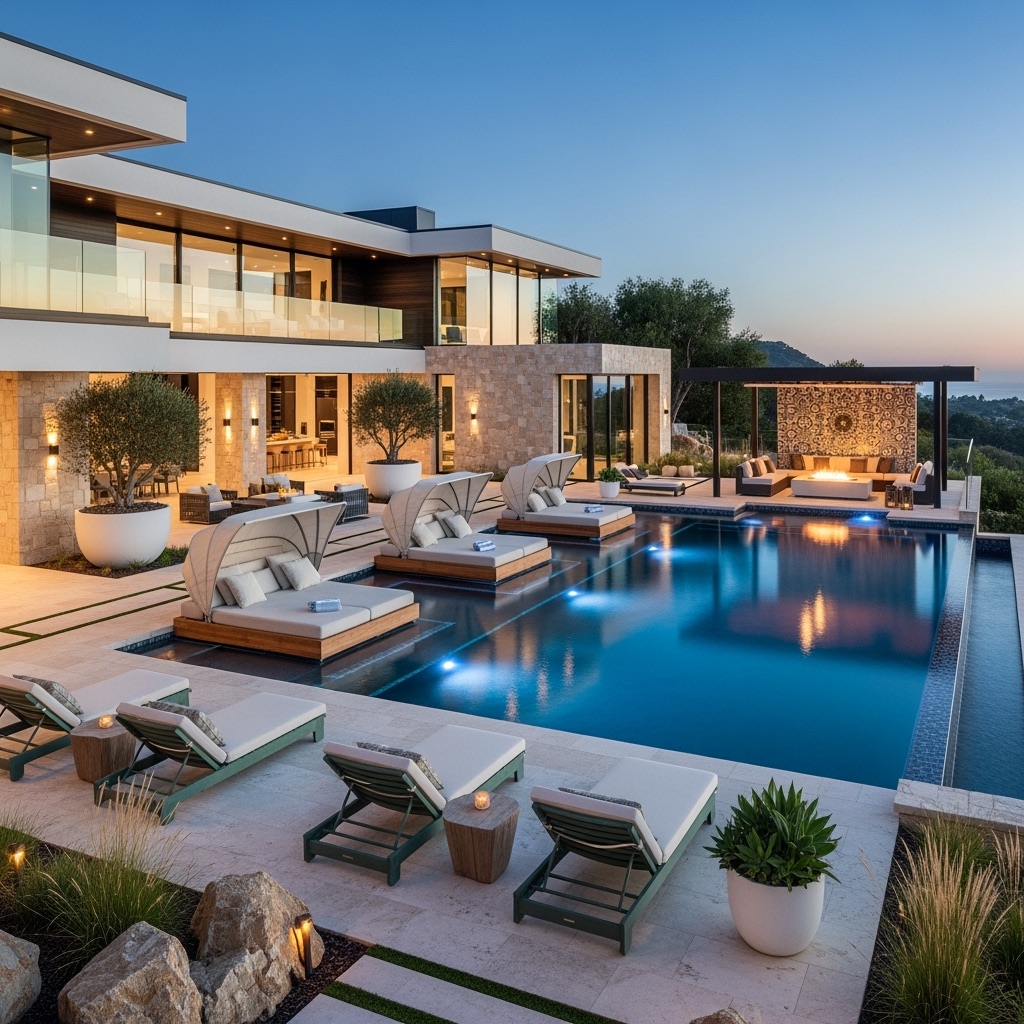
A luxurious yet practical design is built on timeless aesthetics, durable materials, and thoughtfully integrated features. It avoids excess and focuses on essentials that elevate daily living.
This approach ensures that the elegance of a space or product is not diminished by frequent maintenance or limited usability. A well-designed piece or setting should invite admiration while seamlessly fitting into everyday routines. True luxury is not about creating distance from daily life but making ordinary moments feel extraordinary through refined comfort.
What's Inside
Financial Considerations for Long-Term Design Investments
Creating spaces or selecting items that balance luxury with practicality often involves significant financial planning. It is important to consider long-term investments rather than short-term indulgences when choosing high-quality materials or bespoke designs. Durable finishes, custom craftsmanship, and advanced features may require higher initial costs, but they often reduce long-term expenses by minimizing the need for replacements or repairs.
When planning such investments, many individuals explore financial options to manage expenses without compromising on quality. One common method is leveraging existing property value to secure better financing.
A home equity loan, for instance, allows homeowners to borrow against the value of their property, offering access to funds for significant design upgrades. This type of loan typically provides favorable interest rates compared to other borrowing options, making it a strategic way to finance substantial improvements while increasing the property’s overall value.
By approaching design upgrades with a solid financial strategy, individuals can ensure that their investments maintain a balance between aesthetic appeal and long-term practicality.
Material Selection That Marries Elegance with Durability
The choice of materials is central to achieving a luxurious yet functional design. High-quality materials not only provide a sophisticated appearance but also offer durability that withstands daily wear. Natural stone, hardwood, and brushed metal finishes exemplify this principle.
Marble countertops, for example, convey timeless elegance while resisting heat and maintaining structural integrity when properly sealed. Similarly, hardwood flooring adds warmth and class, and with proper maintenance, it can last decades, making it a sustainable and economical option.
Textile choices also play a significant role. Opting for fabrics that combine softness with resilience, such as tightly woven cotton blends or treated linen, ensures that upholstered furniture retains its plush feel while remaining resistant to stains and fading. These selections provide comfort and visual appeal without compromising long-term usability, embodying the essence of practical luxury.
Functional Design That Enhances Everyday Experiences
A luxurious space should not be admired solely for its appearance; it should enrich daily life through intuitive functionality. Design choices that integrate hidden storage, modular furniture, or adaptable layouts cater to both aesthetics and practicality. For instance, a beautifully crafted ottoman with concealed storage combines visual charm with organizational convenience, eliminating clutter without sacrificing style.
Lighting design also plays a crucial role. Layered lighting—using a mix of ambient, task, and accent lighting—creates a sophisticated atmosphere while ensuring proper illumination for everyday tasks. Dimmable fixtures add versatility, allowing spaces to transition effortlessly from lively social gatherings to calm, intimate settings. This adaptability demonstrates how luxury can seamlessly support functionality.
Smart Integration for Modern Living
Technology, when incorporated thoughtfully, elevates both luxury and convenience. Smart climate control systems, for example, maintain ideal temperatures while conserving energy, contributing to both comfort and sustainability. Voice-activated assistants, automated lighting, and motorized window treatments add a sense of modern sophistication while simplifying daily routines.
However, practicality requires discretion in technology use. Overloading a space with unnecessary gadgets can compromise aesthetics and create maintenance challenges. The key lies in selecting innovations that genuinely enhance living standards, ensuring that technology integrates naturally into the overall design narrative.
Timeless Aesthetics and Minimalist Elegance
While trends may influence design preferences, lasting luxury is rooted in timeless aesthetics. Clean lines, balanced proportions, and neutral color palettes create a sense of understated elegance that never feels outdated. Minimalism, when executed with precision, underscores sophistication by allowing high-quality materials and craftsmanship to stand out.
A space should feel curated rather than cluttered. Choosing a few statement pieces—such as an artisan-crafted coffee table or a sculptural light fixture—can create a focal point without overwhelming the environment. This restrained approach highlights quality over quantity, aligning perfectly with the philosophy of luxurious practicality.
Personalized Comfort Through Thoughtful Details
Luxury becomes meaningful when it aligns with individual lifestyles. Practicality in design involves tailoring features to suit personal habits and preferences. Soft-close cabinetry, ergonomic seating, and customizable shelving enhance daily interactions with the space. Attention to sensory details, such as the tactile experience of a leather armrest or the subtle scent of polished wood, contributes to an environment that feels indulgent yet approachable.
Even small touches, like strategically placed mirrors to maximize natural light or carefully chosen accent pieces to add warmth, elevate comfort without unnecessary extravagance. These thoughtful details create an inviting atmosphere that blends visual appeal with functional value.
Luxury and practicality are not opposing forces but complementary elements when approached with discernment. A well-designed space or product should feel indulgent without becoming impractical, offering beauty that endures daily use and financial decisions that justify long-term value. Through careful material selection, functional layouts, and subtle personalization, luxury becomes a refined expression of comfort, making everyday life feel richer and more meaningful.

